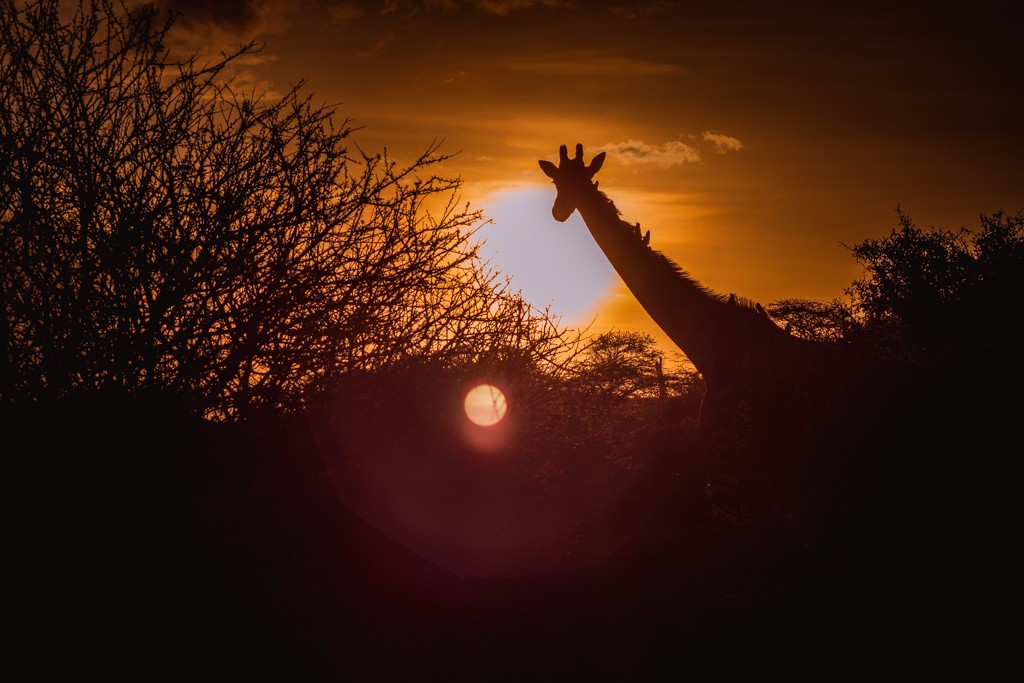Seasonal transitions create both opportunities and challenges for travelers.
Each shift in the calendar brings changes to destinations, packing lists, activities, and routines. A spring downpour, a fall chill, or a winter storm can have a bigger impact on your trip than expected.
Planning ahead makes travel smoother and more sustainable in the long run. Think of it as preparing your journey the same way you’d prepare your home for changing weather. That means adjusting gear, choosing eco-friendly options, and being mindful of how your travels affect local communities.

Photo by Riccardo: https://www.pexels.com/photo/rear-view-of-man-sitting-on-rock-by-sea-307008/
Many people focus on peak holiday times. But often the most memorable trips happen during slower seasons, when destinations are quieter and opportunities feel more personal.
Let’s look at how seasonal awareness can shape better, more sustainable travel.
Understanding Seasonal Travel Impact
Observing how each season affects your trip is the first step. Some effects are evident, such as summer beaches that are packed or winter ski resorts that are bustling.
Subtle ones include reduced services after the tourist rush or increased prices during spring festivals.
Examine the effects of seasonal demand, holidays, and weather on your destination. Do some hiking routes perform best in the autumn? Does winter mean fewer ferries? After the summer crowds depart, are prices reduced?
Being aware of these changes promotes sustainability and helps you avoid unpleasant surprises. Off-peak travel frequently allows you to take advantage of peaceful moments, lessens the strain on local communities, and lowers your carbon footprint.
Adjusting Schedules and Activities
When and what you can do depends on the season. While winter offers comfortable indoor experiences, summer events can make a city feel lively. Hikes to wildflowers may be available in national parks during the spring, but trails are closed during the winter.
Being adaptable is essential. Early spring or late autumn travel seasons frequently offer cheaper prices and fewer crowds. Beyond the typical tourist attractions, off-season travel can offer special insights into local life.
Seasonal planning is necessary for outdoor excursions. Waterproof gear and additional layers may be necessary for an autumn trek. Planning for hydration and sun protection may be necessary during a summer cycling tour. Travel becomes more pleasurable and less wasteful when activities are adapted to the season.
Packing and Gear Choices
Packing sustainably is about choosing versatile items you’ll actually use. Taking too much creates excess weight and emissions. Take too little and you may end up buying more than you need.
Layered clothing works across seasons. A base layer, mid-layer, and waterproof outer jacket can adapt to different climates. Reusable gear like water bottles, utensils, and shopping bags reduces reliance on single-use plastics.
Invest in durable items instead of disposable ones. A quality raincoat or reliable hiking boots last for years, reducing both waste and cost over time. For seasonal activities like skiing or surfing, rent gear locally. This supports communities and cuts down on the emissions of transporting bulky equipment.
Even when traveling, you may need to prepare for seasonal conditions at home before leaving. For example, ordering a cordless leaf blower ahead of autumn can keep your outdoor spaces ready while reducing reliance on fuel-powered tools. Choosing battery-powered or manual options where possible helps lower overall environmental impact.
Seasonal Promotions and Opportunities
Numerous locations provide eco-friendly travel incentives or seasonal promotions. In order to spread out visitor numbers, tour operators offer off-peak packages, and hotels may reduce rates during slower months.
Keep an eye out for seasonal events. A farm stay might host autumn harvest weekends, or a cycling company might provide spring rides that cut down on traffic. These encounters strengthen your bond with the location and frequently have positive environmental effects as well.
Other travellers benefit from sharing seasonal insights. Sharing social media updates or reviews of eco-friendly practices promotes the broader adoption of sustainable practices.
Maintenance and Care for Travel Gear
Every trip is easier when your gear is ready. Seasonal conditions test equipment differently, so care and upkeep matter.
Before you leave, check that backpacks, zippers, and reusable bottles are clean and working. Recharge headlamps, update maps on your GPS, and replace worn socks or shoes. For road trips, inspect tires, brakes, and air systems before hitting the road.
Maintaining gear extends its life and means that you save money in the long run. This helps to reduce waste as well as the time you spend having to buy other items of gear.
Treating what you own with care is one of the simplest ways to travel sustainably.
Using Technology to Travel Smarter
Technology makes seasonal travel planning easier. Weather apps track sudden changes. Navigation tools highlight walking routes or public transport instead of car travel.
Booking platforms increasingly label eco-certified accommodations. Using these filters helps direct your money to businesses making real sustainability efforts. Cloud storage keeps documents safe during disruptions, and social scheduling apps reduce the need to stay online while traveling.
Even small tech choices matter too, in fact, small ech is one of the most popular items that you take with you when you travel.
For example, using digital boarding passes instead of printed ones cuts paper waste. Choosing e-guides instead of heavy books reduces weight and emissions linked to luggage.
Building Connections in Off-Peak Travel
The opportunity to get to know locals better is one of the best things about travelling during off-peak hours. Communities frequently have more time for sincere interaction when crowds are smaller.
In the slower months, it’s easier to join workshops, cooking classes, or seasonal festivals. These encounters foster comprehension and assist small enterprises.
Little acts of kindness, such as dining at neighbourhood cafés or booking accommodations run by families, have a big impact. Memories that endure long after a trip is over are frequently shaped by personal interactions.
Conclusion
Every journey is shaped by seasonal changes. They bring with them shifting activities, fluctuating demand, and changes in the weather. You can travel more responsibly and enjoyably if you plan ahead with flexible schedules, eco-friendly equipment, and seasonal awareness.
Off-peak travel, local equipment rentals, equipment maintenance, and environmentally friendly choices all lessen the impact and frequently enhance the experience. Avoiding issues is only one aspect of seasonal planning; another is spotting opportunities that others might overlook.
Travelling sustainably doesn’t require sacrificing anything. It entails making deliberate decisions that are advantageous to the environment, local communities, and you. Every season offers a different adventure if you approach it properly.








